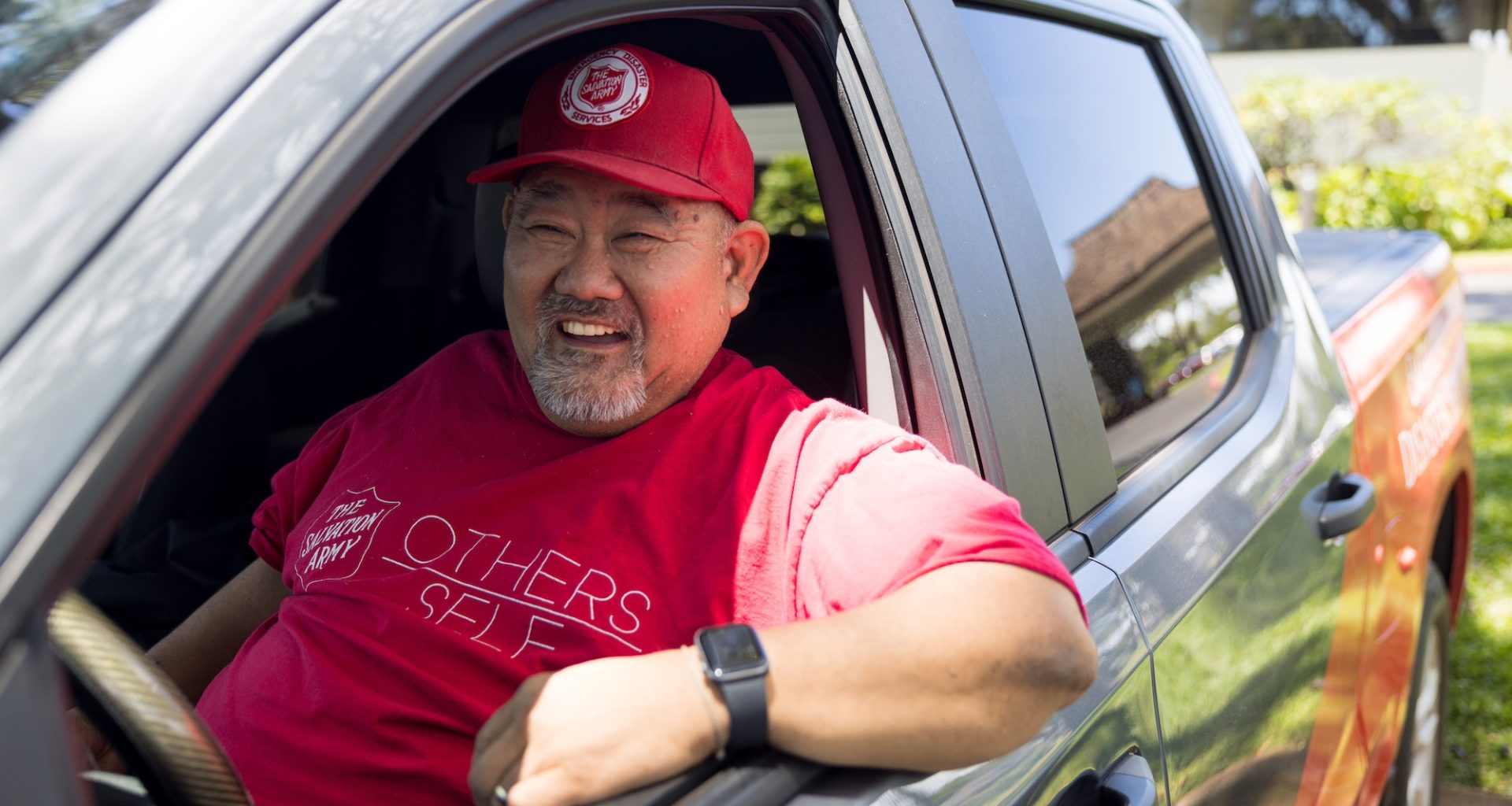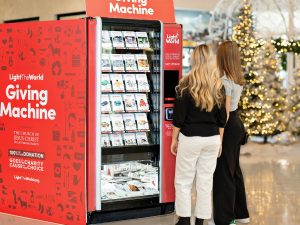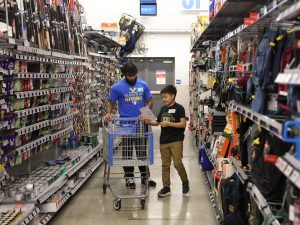Inside Envoy Kevin Nagasaki’s garage is a Salvation Army thrift store sign. It’s seen better days. The elements have worn off half the design, and someone—Nagasaki suspects a local artist—has outlined where the letters should be, only they’ve omitted the “i.” Probably by mistake.
This might seem like an odd thing to hold on to, but it’s the only remaining part of The Salvation Army Lahaina Lighthouse Corps that burned Aug. 8, 2023, along with historic Lahaina town in the deadliest U.S. wildfire in more than a century.
Nagasaki said that morning started out fairly normal—he went to the food bank, came back, unloaded the van and got word a fire had started in the area. He said he drove to the fire, and when he got there, it had been put out. Later in the afternoon, he heard another fire had started, and that it was moving down the hill.
“It was gusty…70-80-90 miles-an-hour winds coming down…And then, all of a sudden, it hit the town,” he said. “Within 15-20 minutes, it was one street away from us.”
At first, he tried to protect the property with a garden hose. The corps complex contained not only spaces for worship, social services and the thrift store, but Nagasaki’s home he shared with his wife, Vidella Nagasaki, as ministry leaders in the community for nearly 30 years.
It became apparent they needed to leave. They loaded up his truck with everyone who was around—people experiencing homelessness, members of the corps. Vidella grabbed their pets—a dog and a cat. Frightened, the cat escaped her grasp and ran away. They had to keep going.
When he pulled away from the corps with a car full and traveled to a safe point at the top of Shaw Street that day, Nagasaki said he knew everything at the property would be lost. The corps building and his home were already on fire.
“I let it go when I left the driveway that day,” he said.
From the top of the Lahaina Bypass, he said the group looked down onto the town, and it was “just a big cloud of dark smoke.”
He called Salvation Army Kahului Corps Officer Captain Steve Howard and told him: “The corps is gone.”
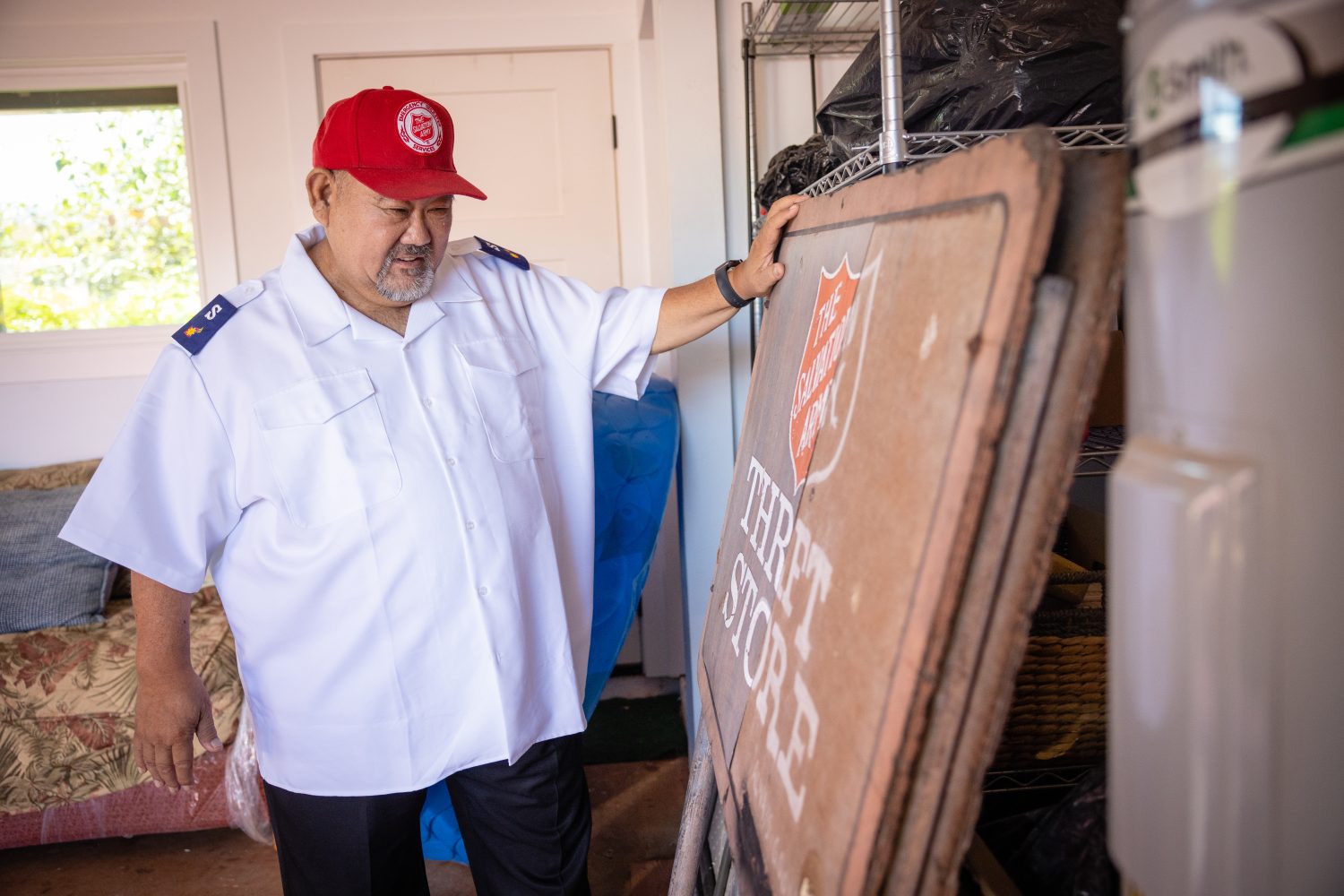
“What are you talking about?” Howard said from the other side of the island—he’d seen the advisories for wind, but thought it would likely amount to power outages or a small brush fire. He met Nagasaki and the group from Lahaina when they arrived in Kahului.
“I didn’t sleep that night, because I really was thinking, ‘What’s the next move here? What is the next thing we’re gonna have to do?’” Nagasaki said.
The next day, Howard represented The Salvation Army at the Emergency Command Center and The Salvation Army began handling the coordination of meals.
The Salvation Army’s immediate response to Lahaina fires
The Salvation Army served as the primary feeding organization for the immediate relief phase of the emergency/disaster response—coordinating more than 800,000 meals and making some 120,000 more—after the deadliest U.S. wildfire in more than a century burned Maui’s historic town of Lahaina.
“We went from grieving the loss of the Lahaina Corps and all that was going on…but the next morning, we got to work,” he said.
The Salvation Army served as the primary feeding organization for the immediate relief phase of the emergency/disaster response, coordinating more than 800,000 meals and making some 120,000 more.
Howard said he’d call Nagasaki and the Lahaina Corps staff, who made many of the deliveries across the sites offering shelter. He’d say, “Get 800 meals to the War Memorial shelter,” and they’d go.
“Going to the different sites that were open, it made a difference because people were seeing me…and they knew that we were alive, that we survived,” Nagasaki said. “It was good to see a lot of different people.”
Eventually, Howard said The Salvation Army partnered with Hopper, a local company similar to Uber Eats, to make the deliveries. Howard said this freed up the team to help in other ways, like providing emotional and spiritual care at the Disaster Resource Center.
“When one thing got figured out, it was on to the next and on to the next, and whatever the community needed from us, we were there to supply within the resources we had to give,” Howard said.
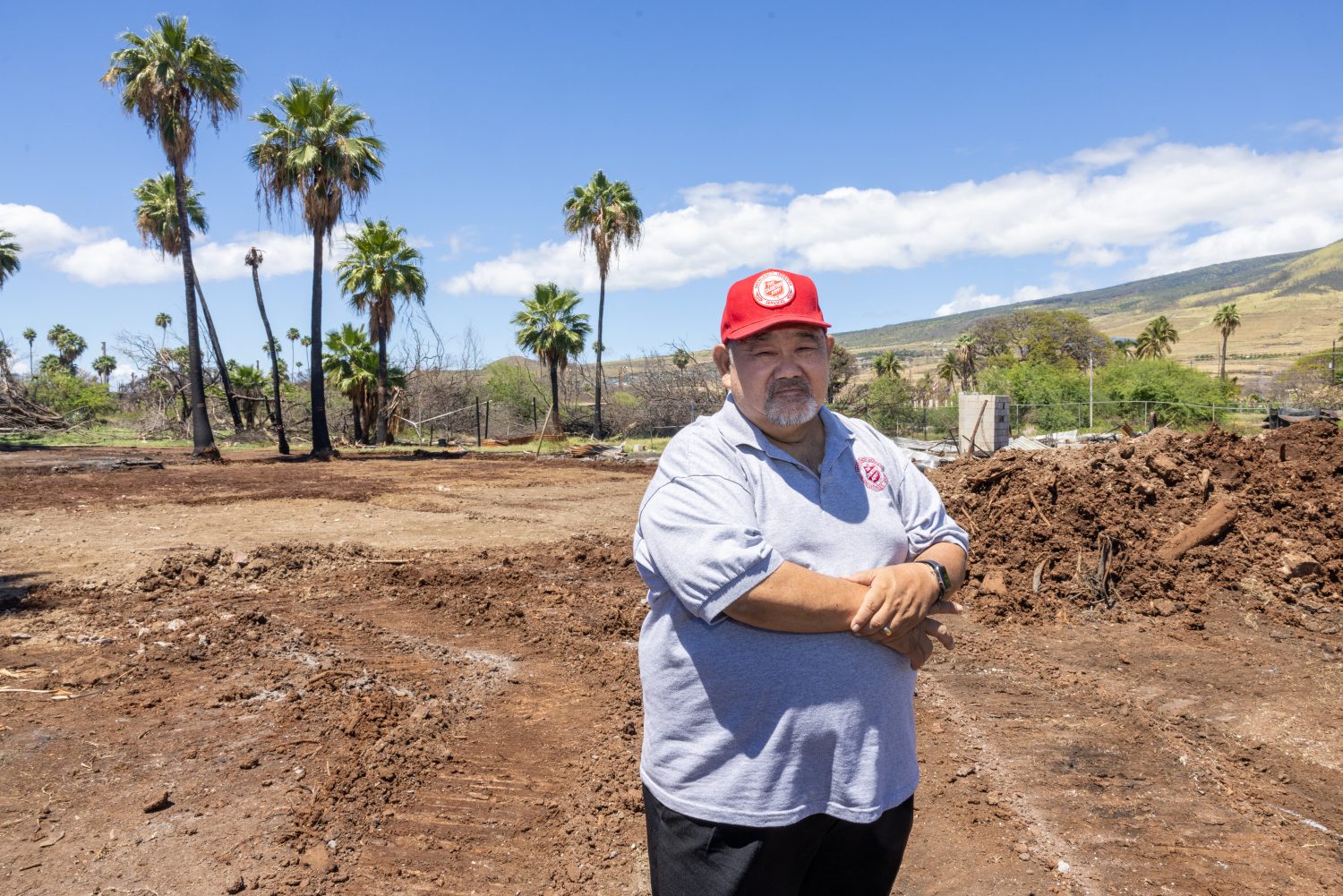
In the immediate aftermath of the fires, some 8,000 Lahaina residents were living in hotels—Nagasaki among them. While he said he was thankful for a safe place to sleep and shower, he knew the challenges.
“I do understand what other people went through,” he said. “OK, today, you stayed at this hotel. OK, this week, you’re gonna have to pack up your stuff, and we’re moving you to another hotel in another part of the island. Oh, and by the way, in two weeks, we’re going to move you again to another place. Oh, and by the way, you have 72 hours to move, but no, I’m going to move you in 12.’ It was difficult.”
People began to transition out of hotels, many after securing longer-term housing with FEMA and insurance assistance. The Salvation Army purchased a home that Nagasaki now resides in as he works to re-establish the organization’s physical presence in West Maui.
As of March 27, roughly eight months after the fire, Hawaii Governor Josh Green said in a press conference some 3,000 people were still living in hotels—and he expected them to be out by July 1.
For James Sahagon, the Westin Maui Resort and Spa in Ka’anapali was home for almost seven months before he was relocated to the nearby Hyatt on April 18. He shares the room with his dog.
“If you’re on vacation it’s nice,” he said. “After a while, it gets to close in on you. Even though you have a nice bed, TV, you get fed…You cannot beat home.”
Prior to the fire, Sahagon said he was staying at a shed as part of a work-trade agreement. For people like him, who weren’t homeowners, and therefore not entitled to certain forms of assistance, the path has been less straightforward—especially if they want to remain in West Maui, where there was already a housing shortage before the fire.
Sahagon said he doesn’t know what’s next.
“I leave it in God’s hands,” he said.
As efforts continue to help people transition from hotels to longer-term housing situations, The Salvation Army has come alongside in a new way: the Transition Assistance Program.
Howard said when households transition out of a hotel, they are referred to The Salvation Army by the American Red Cross to sign up for the program, which offers gift cards for $200 per family member to Walmart, Foodland or Shell.
“That’s basically just to help them as they transition out of the hotel to get groceries, to get whatever supplies they might need,” Howard said. “Pretty much everything was taken care of for them, and now they’re going into a house, so they need those things.”
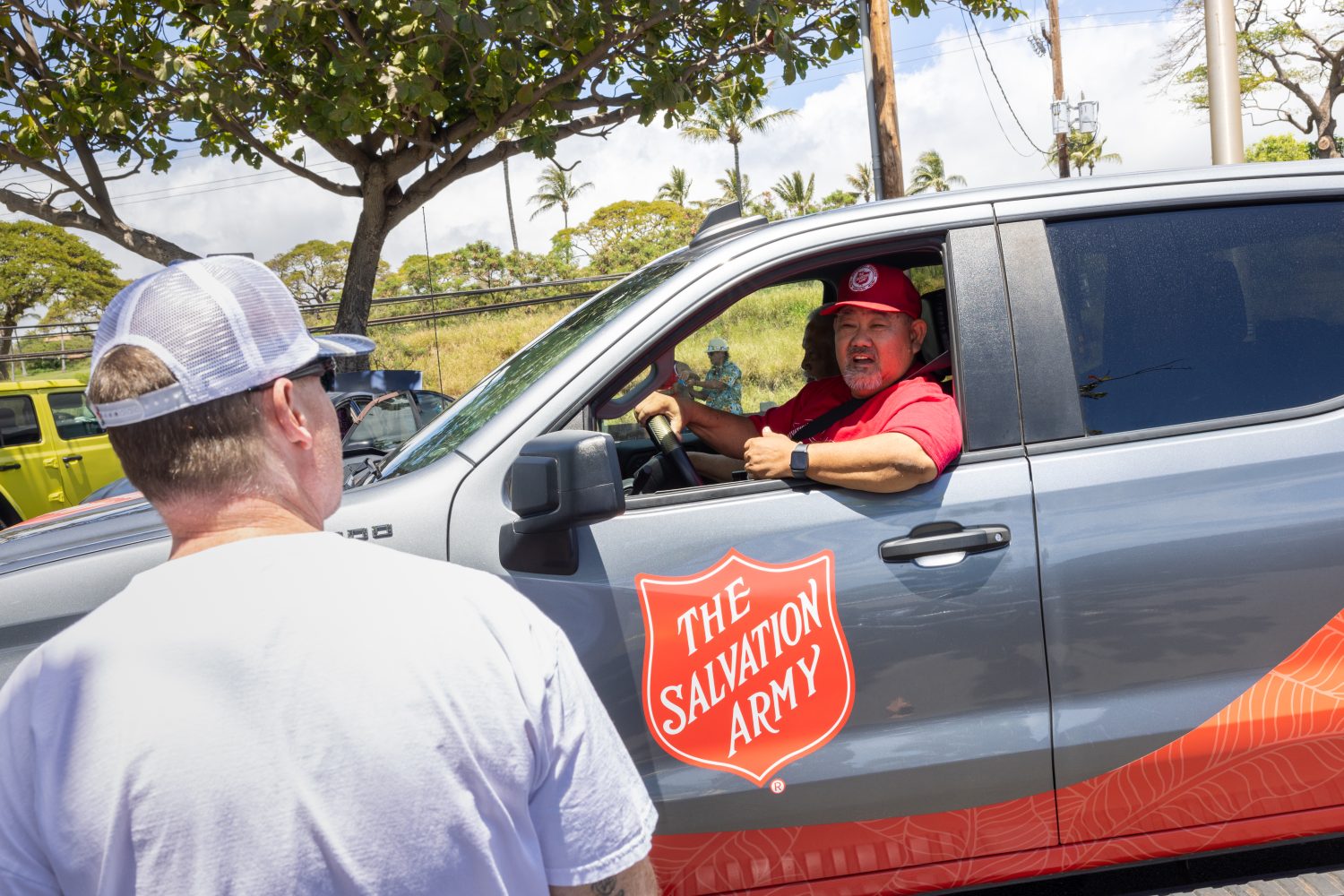
Inside the Kahului Corps, Rita Lei Medina sits behind a glass window, directing people to various social services while she fills out forms for a family’s transition assistance.
Medina worked nearly 13 years for the Lahaina Lighthouse Corps before, as she said, she lost her home and her job all in one day.
People have offered for her to come stay with them elsewhere, she said. She tells them: I’m not going anywhere.
“I’ve got to stay here and help my community, I’ve got to mālama my community. And I feel like The Salvation Army has probably been the wind under my helping-hand wings,” she said. “Being able to continue to help my community has been the chicken soup for my soul. And it’s probably one of the things that’s kept me going.”
The Salvation Army’s ongoing relief efforts
As efforts continue to help people transition from hotels to longer-term housing situations, The Salvation Army has come alongside in a new way: the Transition Assistance Program.
In the immediate aftermath of the fires, Medina lived in a hotel and eventually secured a new place to live and bought a vehicle. Before, her whole life was walkable in the heart of town.
When people come for assistance and share what they went through, she said it helps put the puzzle pieces together.
“Western Maui is very tight knit. Everybody knows everybody,” she said. “When I run into people, especially folks that are coming for assistance, I’m like, ‘Oh my gosh, auntie, it’s so good to see you again,’ and it just warms my heart…Coming in communication with one another, being able to help one another, being able to pray with one another, that’s very healing as well.”
Hawaiian and Pacific Islands Divisional Commander Major Troy Trimmer said he’s continuing to hear stories from Aug. 8.
“The reality is that all of Hawaii is impacted,” he said, noting losses ranging from the life of loved ones to property and belongings.
“All of our employees, all of our volunteers, advisory board members, advisory council members, donors in this division are probably more richly impacted as a result of this disaster than any disaster I’ve ever been engaged with,” he said. “There’s an incredible resolve. That’s not just the Hawaii way. It’s not just Maui Strong. It’s not just Lahaina Strong. There’s a resolve that a faithful God will sustain and will hold them and will walk them through this.”
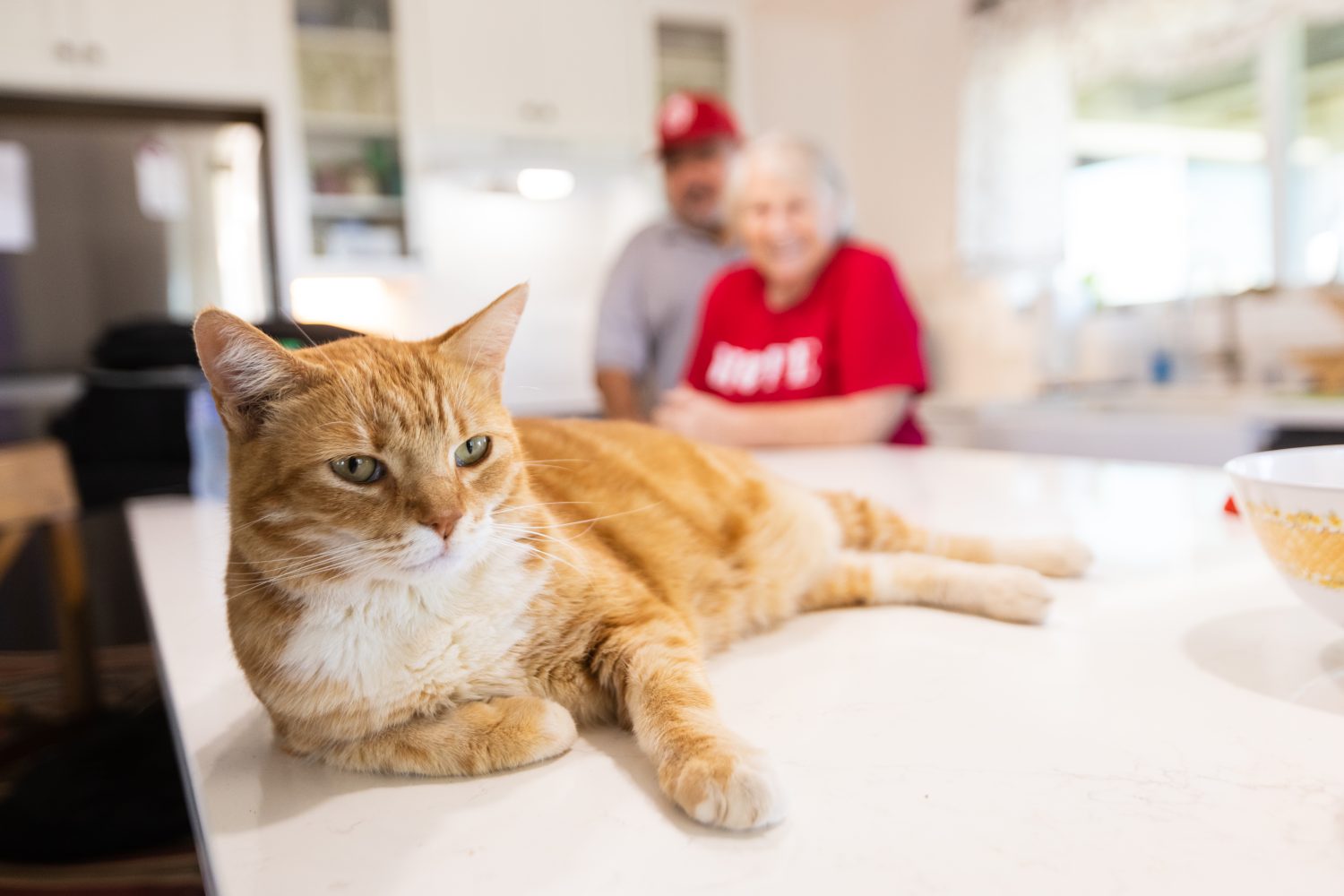
Nagasaki has deep ties to the Lahaina community. It comes with having served in one place for years, and having a familial connection to the place—it’s where his grandparents and his mother were from.
It’s impossible to travel West Maui for any period of time without him being stopped for a conversation or given the shaka sign from a rolled-down window.
“They always ask, ‘How are you doing?’ I try not to ask that question anymore, because, I mean, I already know how they’re doing,” he said. “I’d rather open up with another question, and it helps them to open up and talk about what’s going on, how are they feeling…And a lot of people have learned that they’re not alone.”
He said he’ll ask things like: “Have you seen this person?” or “Have you spoken to her?”
Driving into Lahaina, white crosses line the Lahaina Bypass, adorned with photos, flowers and ribbons to remember the 101 lives lost in the fires.
“Basically, we knew all of them,” Nagasaki said.
While he said he’s witnessed some healing, the grief is complex.
“Everybody grieves different,” he said. “This community is strong…I think that in time, the healing will happen, but it’s just going to take time, and everybody processes differently.”
About four weeks following the fire, Nagasaki got a call from his grandson. The Humane Society had found their cat—in Kahului.
“That’s only God,” he said.
Despite presently not having a corps building, Nagasaki said many of the elements of ministry haven’t changed. He estimates prior to the fires, more than 90 percent of Lahaina Lighthouse Corps attendees experienced homelessness.
He regularly ministers to them at the beach, where many people live. With buses currently running at no charge, many congregants join the worship at the Kahului Corps.
His mantra? “Build bigger and better,” though there are lots of unknowns about the future, like location—the new Lahaina Lighthouse Corps will take a different location out of respect for the restoration of Moku‘ula, a Native Hawaiian historic and cultural landmark near the site of the former corps.
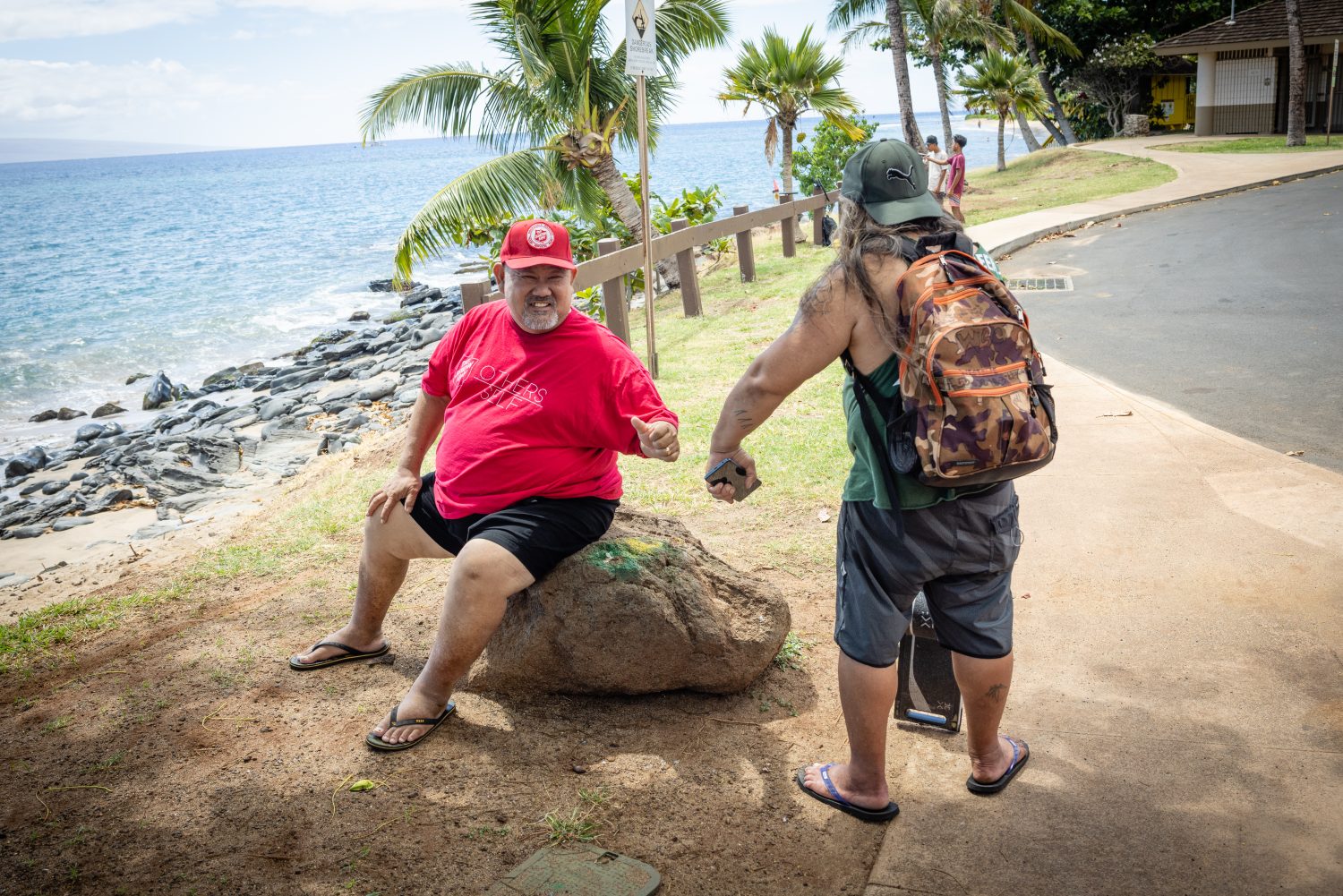
“It’s going to be different, definitely different,” he said. “But the spirit and the mission of The Salvation Army is still going to be out there to meet the need, no matter what.”
In the interim, Nagasaki said they’re trying to get more social services up and running, using a food trailer, office trailer and shower trailer, maybe even holding movie nights in his garage.
For Charles Camara, the Lahaina Lighthouse Corps was a special place. He said he’s been attending since 2009.
“They’ve always had their doors open, no matter how beat up you was or how much God you had in you,” he said.
It’s where he’s been encouraged in his recovery from addiction. It’s where his babies were dedicated.
“My little girl cried for the church,” he said.
She asked him, “When are they going to make the Lighthouse again?”
“I tell her: the lighthouse is in you,” he said. “Wherever you go…you have to shine the love you have, the same love God gave you.”
Do Good:








